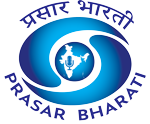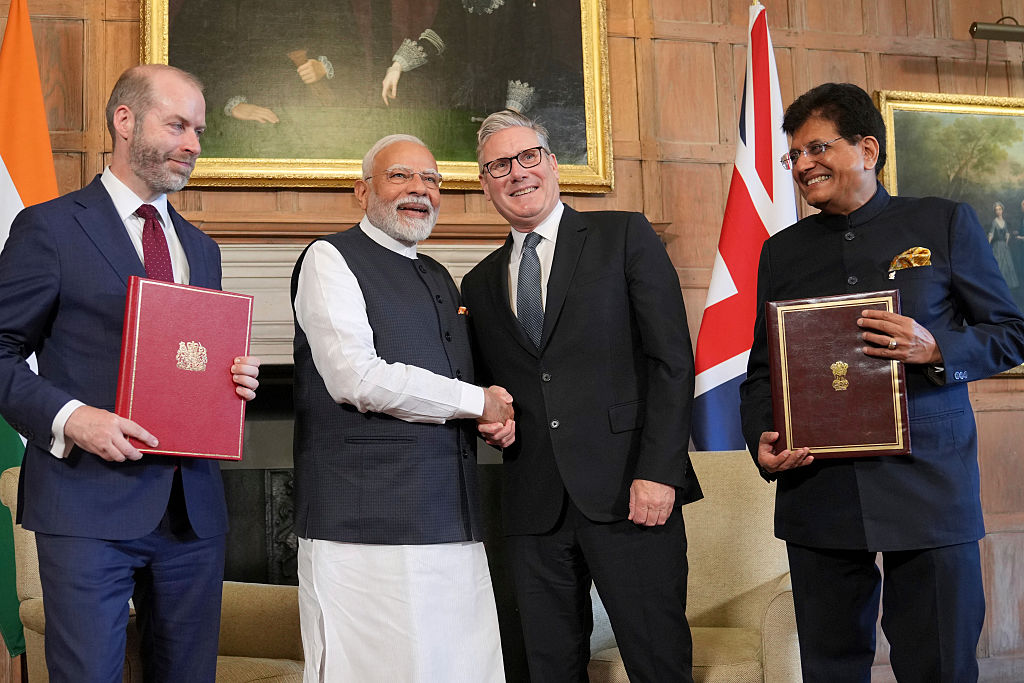India and the United Kingdom on Thursday signed a landmark Comprehensive Economic and Trade Agreement (CETA), aimed at enhancing access to goods and services between the two countries.
The agreement, signed in the presence of Prime Minister Narendra Modi and UK Prime Minister Keir Starmer during PM Modi’s two-day visit to the UK, is expected to bring substantial benefits across various segments of Indian society.
By promoting greater market access, technology exchange and investment flows, the agreement would create inclusive and sustainable growth opportunities.
The CETA document outlines targeted advantages for farmers, fisherfolk, tribal communities, informal and formal workers, women entrepreneurs, youth, MSMEs and professionals.
It emphasizes trade facilitation, skill development, value chain integration and enhanced mobility. CETA would act as a vehicle for equitable growth, rural upliftment and greater global integration of India’s diverse economic stakeholders.
Indian farming communities stand to gain from easier access to the UK market and more opportunities to sell their produce due to tariff elimination.
Among other concessions, the UK will liberalise access, effective from the date of implementation, for a range of Indian agricultural and food products, including meats, dairy, tea, coffee, spices, fruits, vegetables, fruit juices, and processed foods. By unlocking preferential access to the UK’s USD 63.4 billion agricultural market, the Comprehensive Economic and Trade Agreement (CETA) gives Indian farmers a direct route to a high-value global customer base and achieve better returns for their goods.
The CETA agreement takes fully into account the interests of Indian producers of sensitive agricultural products like dairy products, vegetables, apples, edible oils, oats, etc. by keeping those tariff lines under a sensitive list.
The agricultural sector also benefits from the non-application of safeguard duties on Indian exports. Farmers will also benefit from commitments taken under the CETA to acknowledge traditional knowledge, especially in the patent process for genetic resources.
The immediate removal of duties on Indian products from labour-intensive sectors such as gems and jewellery, textiles, leather and footwear, and food processing will not only boost employment but also directly benefit Indian workers in these industries.
The CETA marks a significant step forward in advancing opportunities for women and youth across both nations. It includes progressive provisions designed to break down barriers and promote greater participation in international trade, digital innovation, and government procurement for women, youth, and under-represented groups.
By fostering cooperation on gender-responsive standards, sharing best practices in financial services, and improving digital inclusion, the CETA ensures that women business owners, entrepreneurs, and young professionals can access new markets, acquire valuable information, and participate equitably in global, regional, and domestic economies.
India’s youth, aged 15 to 29 and comprising approximately 27.3% of the population, are at the forefront of the country’s social and economic transformation. The CETA is poised to expand high-quality employment pathways for Indian youth by easing services market access, securing mutual recognition of professional qualifications and facilitating short-term mobility for talent in IT, healthcare, finance, and creative sectors.
Lower tariffs on inputs and advanced manufacturing equipment can spur MSME supply-chain integration, creating skilled vocational jobs beyond metros. By fostering access to global value chains and enhancing competitiveness, CETA will empower Indian youth with essential skills and pathways to participate in international markets and future growth.
SMEs are a vital part of India’s economy, contributing around 30.1% of India’s GDP in 2022-23 and 45.8% in India’s total export in 2024-25.
SMEs benefit from various provisions of the CETA, including through provisions on faster processing at customs, agreements to recognise and facilitate digital systems and paperless trade, and a dedicated chapter to help SMEs. A contact point for SMEs will be established under the ambit of the CETA, facilitating communication and coordination benefiting SMEs.
Indian businesses will gain a lot from this CETA. Other than lower tariffs and market access for Indian goods and services, the CETA offers ease of doing business with the UK through simplified and streamlined customs and trade facilitation processes from established systems like a Single Window and Authorised Economic Operator.
Non-discriminatory treatment to Indian businesses and exporters when it comes to goods, services and government procurement, benefits Indian businesses in the UK market.
Qualified professionals such as architects, engineers and medical professionals will be able to take advantage of the enhanced market access under the CETA and provide services in the UK. This is expected to create direct and indirect jobs through the expansion of service sectors.
CETA also provides professionals with better mobility access to the UK. Independent professionals providing services such as R&D and computer services will be able to take advantage of these mobility commitments and provide their services in the UK. This will directly lead to job creation and better opportunities for a wide range of professionals, thereby increasing the quality of life.
The CETA ensures comprehensive market access for goods across most sectors, fully addressing India’s export interests. India stands to benefit from the duty elimination of tariffs on approximately 99% of tariff lines, covering nearly 100% of the trade value.
This opens up significant opportunities to boost bilateral trade between India and the UK.
In key labor-intensive sectors, duties have been reduced to zero from previously high levels- up to 20% on marine products, 12% on textiles and clothing, 8% on chemicals, and 10% on base metals. Notably, in the processed food sector, tariffs on 99.7% of lines have been slashed from as high as 70% to zero, offering a major boost for Indian exporters.














